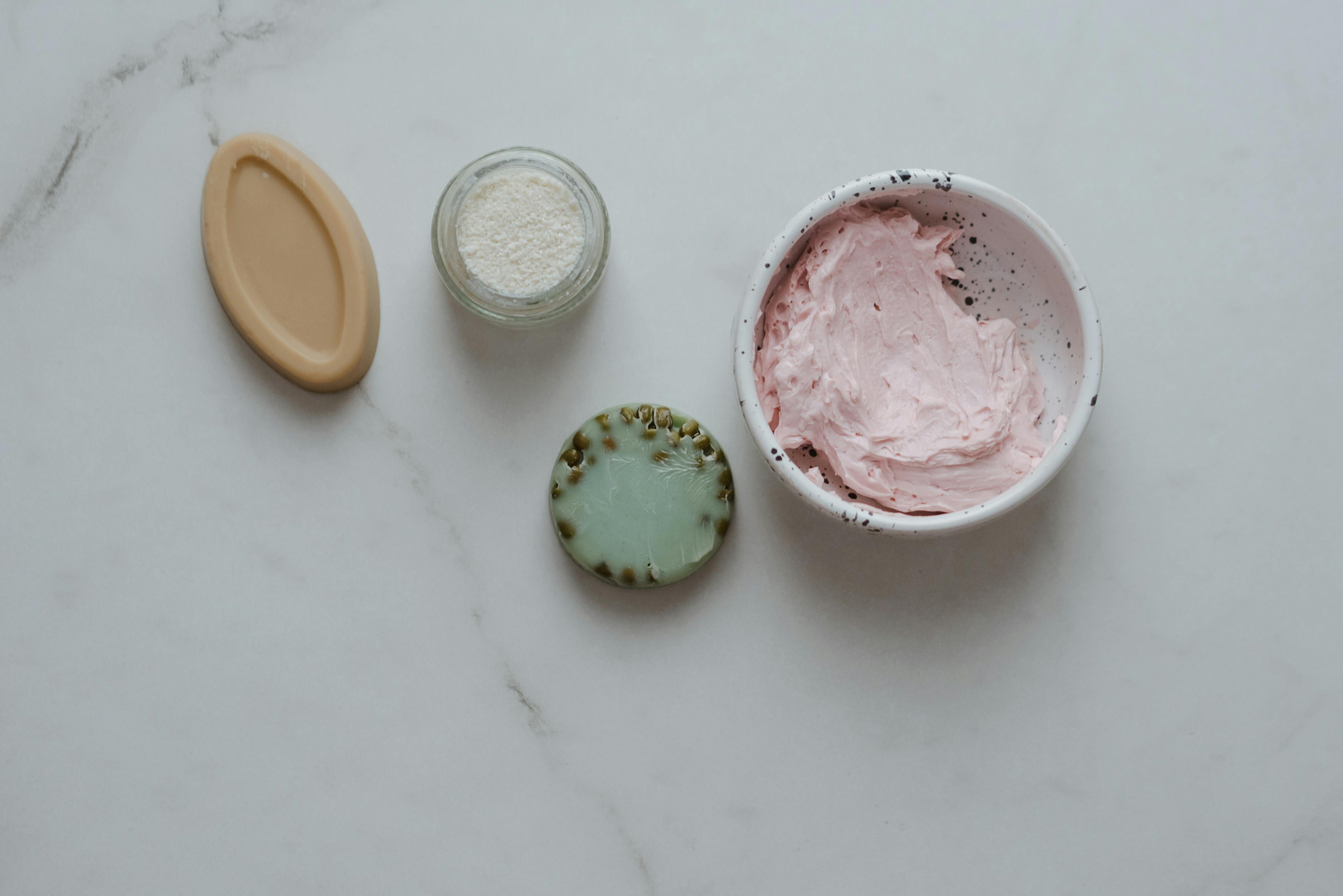Living in Florida, I have been surrounded by boaters all my life. One of the most common complaints I hear from boat owners is that they spend a lot of money on cleaning products that ultimately damage the original gel coat finish or vinyl upholstery. I believe that the most important step in properly cleaning your boat is using the right products. Save time and money by doing it right the first time and protect the environment at the same time.
Here are some tips I live by:
cleaning supplies
1. Choose cleaning brushes that are tough and will remove stubborn dirt, grime and salt, without damaging the finish. For most situations, a medium-soft bristle brush will work well.
2. The long, sturdy handle of a scrub brush will allow you to reach those hard-to-clean areas and eliminate strain on your back and arms.
3. While you don’t want to break the bank with your cleaning brush, make sure it can withstand repeated use, sun exposure, cleaning agents, and salt water.
4. A bucket for your cleaning solutions that is big enough for your brush.
5. If you use a mop, sponges, cloths or towels, store them in your bucket so you don’t have to search for them each time you use them.
6. Marine grade products can be found conveniently online and in larger containers than at your local super store. Save on shipping costs by ordering everything you need at once.
Cleaning products
1. Select a soap that is resistant to dirt, grime, salt, sunscreen products, and possibly fish blood, but is environmentally friendly.
2. Never use the same soap that you would use to wash dishes at home.
3. Use a biodegradable cleaning agent with a neutral pH factor.
4. Always use a fresh water supply, never use river, ocean or lake water in your cleaning solution.
5. Follow the directions on your cleaning products regarding dilution and general use. Certain concentrated detergents may not be suitable for your boat as these cleaners can flake off and damage finishes if left for long periods of time.
Prepare your cleaning area
1. Before you begin cleaning, you will need to thoroughly rinse the entire canister.
2. If you plan to clean your upholstery, wipe it down with a damp cloth to remove all surface dirt and salt. Rinse your cloth often to avoid spreading the dirt and grime you’re picking up.
3. Wipe the glass with a damp cloth to remove surface dirt and salt. This will also keep the cloth used to clean the glass clean and allow for a streak-free shine.
Clean from top to bottom
1. Start at the top and work your way down, one section at a time.
2. Work in small sections and thoroughly rinse each section before moving on to the next.
3. Lather with a sponge soaked in the soapy solution, rub and rinse.
4. Its medium-soft brush can be used for those hard-to-clean non-slip surfaces. Lather up your brush with a lot of suds and it will clean between the grooves without much force.
5. Use the same cleaning solution you use for your helmet to clean the shell. You can go back with a stronger cleaning agent if you have very stubborn stains.
6. If you have an outboard motor, don’t forget to soap and rinse the motor, lower drive unit and propeller area where corrosive salt and dirt tend to collect.
7. Once you have cleaned the entire area, use a soft cloth to blot up the water. Chamois cloths or drying mops made from chamois material are good choices, as they are highly absorbent and will soak up water without scratching or scratching.
Crystal Cleaning
1. A simple solution of water and vinegar works well as a glass cleaner and is environmentally friendly.
2. Use a soft, non-abrasive cloth or paper towel to prevent damage to the glass.
vinyl upholstery cleaning
1. Regular upholstery cleaning will prevent dirt and grime from settling on the upholstery. Use your simple vinegar and water solution to clean upholstery before and after each use.
2. If you have stains and stubborn dirt on your upholstery, use your medium-soft brush and a cleaner designed for boat upholstery. I find that a concentrated liquid cleaner mixed with water allows you to lather up the area and the brush tends to get at deep dirt and grime.
3. If mildew stains have formed on the vinyl upholstery, use a deck brush with medium soft bristles and scrub with a mixture of water and ammonia (4 parts water to 1 part ammonia). Rinse with fresh water, dry and repeat this process if necessary.
4. For more stubborn mildew cases, several effective commercial gold marine stain removers are appropriate for use on vinyl upholstery.
cleaning your carpet
1. Vacuum and spot clean your carpet frequently to remove dust and dirt that could accumulate and settle deep into the carpet.
2. If the rug is removable, remove it and place it on a flat surface to clean. Use a carpet or steam cleaner to clean the entire area. Let air dry.
3. If the carpet is stained or dirty, use a quality stain remover and then repeat the carpet or steam cleaning process.
Taking care of your teak
1. Regular care of your teak will be required to maintain the original rich color and protect the wood.
2. If your teak has already lost its shine, you can use a teak cleaner to remove rust, oil, fish stains, spills and varnishes.
3. Allow the teak to turn a natural silver-grey color or apply a teak oil or teak sealer for longer lasting protection.
Bright chrome and stainless steel.
1. There are many quality cleaners and sealants available to keep your boat’s chrome and stainless steel protected, bright and shiny. After applying a light film, let it sit for 15-30 minutes. Then wipe it off with a clean cloth.
2. After cleaning, you may wish to apply a quality wax sealant/protectant to create a protective barrier against harsh elements.
3. If your metal work is already pitted or rusted, apply a quality coat of metal and leave it on the problem area overnight. In the morning, take a piece of fine bronze wool and gently rub the wax. You may need to repeat this process several times.



